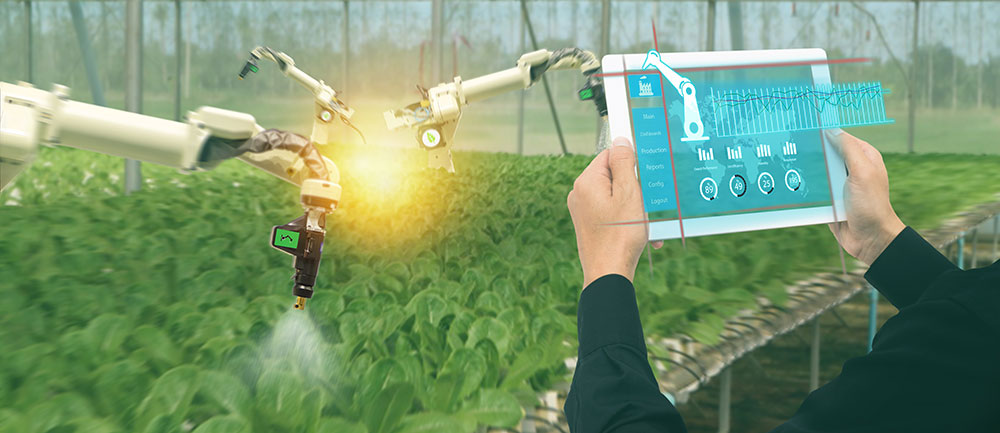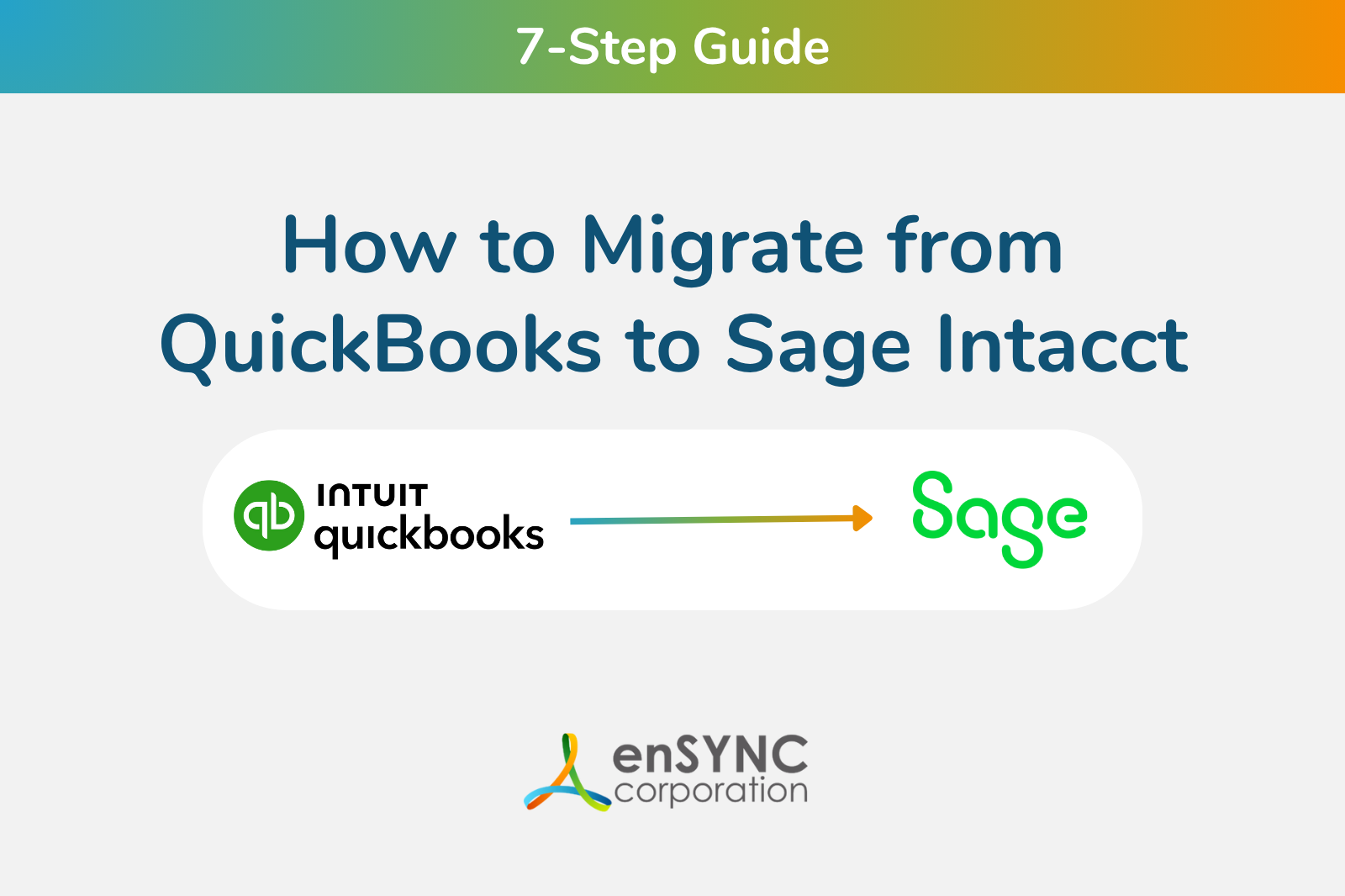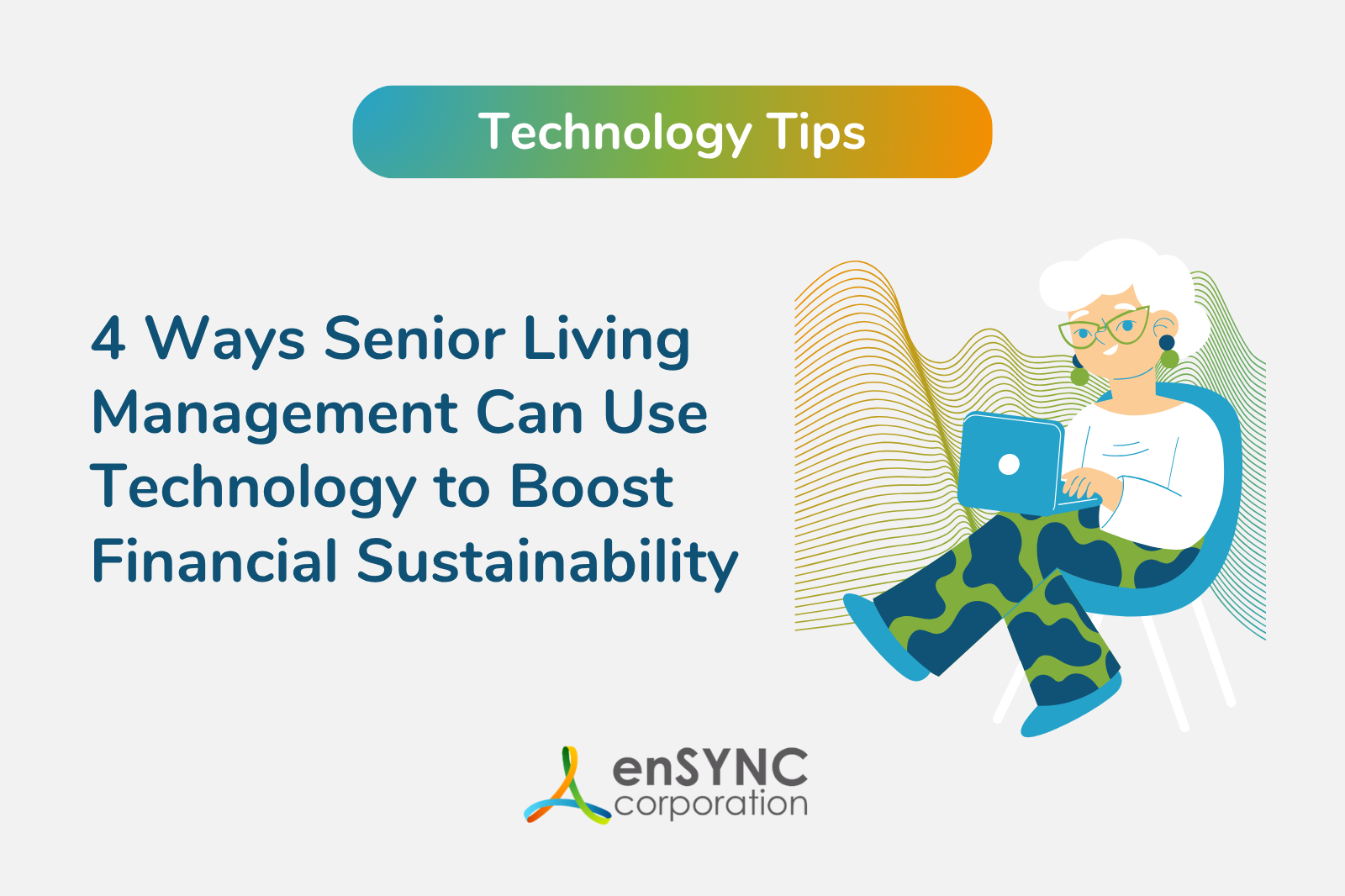Technology & digital transformation | Software solutions | Agriculture associations
What is agtech or agriculture technology?
November 3, 2022
|
Necessity is the mother of invention — ancient Greek philosopher Plato.
Estimates compiled by the Food and Agriculture Organization (FAO) state that we will need to more than double the amount of food that is produced in order to feed the world’s estimated population of 9.1 billion people by 2050. They further note that trying to accomplish that task using traditional farming methods will simply be too much of a strain on our natural resources.
With the necessity of more than doubling agricultural products in fewer than 30 years, focus has been placed on innovative technology inventions.
Agtech is the phrase given to any agriculture technology that can streamline and automate farming processes while improving efficiency, sustainability and profitability. When you hear words like ‘modern technologies’, the mind immediately goes to computer hardware and software. But types of technology in agriculture also includes artificial intelligence, machine learning, digital technology, drones, predictive analytics, robotics, autonomous equipment — anything that is tech-based and can help farmers manage, monitor, optimize and scale their crop production and animal operations.
Agriculture can be high-tech
Farmers regularly face challenges such as labor shortages and the decreasing availability of farm land. Other factors such as climate and weather conditions, pests such as insects and wildlife, plant diseases, weeds, and varying soil quality all impact a farmer’s crop yields.
This is where agtech is working to improve productivity by automating as much machinery and as many processes as possible. More reliable information and data also play important roles in precision agriculture and improving production success.
Various companies in the agriculture industry have developed or are working on solutions that utilize technology to address these challenges. And apparently there is no shortage of investment funds. Reports citing Crunchbase say that 2021 was a record-breaking year of investments for agriculture solutions providers as nearly $5 billion was invested across 440 funding deals.
What are some examples of AgTech?
Numerous agriculture solutions and equipment companies are rising to the challenge of finding applications of technology. Some focus on solutions such as replacing synthetic fertilizers with naturally occurring matter. Others work to find benefits for farmers through developing automatic irrigation and seeding units, robotic harvesters and autonomous tractors.
For example, earlier in 2022, John Deere announced they have a fully autonomous tractor ready for full scale production. The tractor can be controlled by an average farmer on a mobile device. And then there’s a company called Agrobot that sells a robotic harvester which utilizes AI to determine if strawberries are ripe enough to pick. For crop protection, the company also offers an autonomous vacuum robot for lygus pest control.
Another example of agtech at work is the use of imagery. Even traditional farmers can see the benefit of satellite imaging or sending a drone to take aerial images of farming plots to check for weeds, plant disease, product quality and stage of development.
But agtech is more than just modernized equipment. It can also include innovations such as sensors connected to the internet that can monitor animal health or soil conditions and wirelessly alert the farmer to any issues. By utilizing digital farming methods, farmers are able to use financial and field data to make better informed decisions to increase their return on investment.
Agtech is improved weather forecasting which allows the farmer to plan farther in advance to stay ahead of the storms. The incorporation of vertical farming to save space, shorten growing time and decrease water usage is another solution born of technology.
By automating a large majority of their tasks, farming can continue without as many employees while improving output and reducing cost. Commercial farming as a whole is embracing automation as a solution to rising costs and rapidly increasing demand.
Technology includes software too
Software is also a big part of agtech. Various analytics platforms are available to help increase productivity, monitor crops, detect plant problems, manage costs and maximize performance.
Crop monitoring software can reduce crop input costs, reduce farmers’ scouting time in the field, track crop rotation, equipment maintenance needs and more.
The agriculture field is also moving more to the cloud. From a mobile device, farmers can now upload data, file crop insurance claims, check markets and make decisions about their products.
Farm accounting and management software
One of the key pieces of agtech is farm accounting and management software. This software is designed to support the needs of farmers and the agriculture associations that support them.
Farm management software is usually a single platform with the goal of optimizing farm operations by tracking activities and inventory, keeping an accounting of costs and labor, and planning for harvest. With the ability to track everything in real time, it enables the farmer to have the information needed for better decision making and efficient planning.
Farm accounting software can be either an accounting software solution built specifically for farmers and farm associations or a general accounting software solution that has all of the bells and whistles that farmers and the associations that represent them will need. The top of the line accounting software solutions are cloud-based which enables the user to link bank accounts, access the books at any time and easily share them with an accountant or banker as needed.
Download our free agriculture association playbook
Learn more about cloud-based farm accounting software and everything it offers in our free agriculture association playbook.
Recent Posts

Sounding Off with Mandy Lynch: Real Talk on Culture, Care, and Change in Senior Living
In each episode of Sounding Off: Senior Living Execs on Tech, we explore how senior living leaders at nonprofits are embracing technology to shape...

7-Step Guide: How to Migrate from QuickBooks to Sage Intacct
Organizations are constantly growing and changing. So too are accounting needs.
Enjoying our blog?
At enSYNC, we want to empower associations and nonprofits to make well-educated decisions. If you want our industry knowledge (and other free guides) sent directly to your inbox, fill out the form below.


